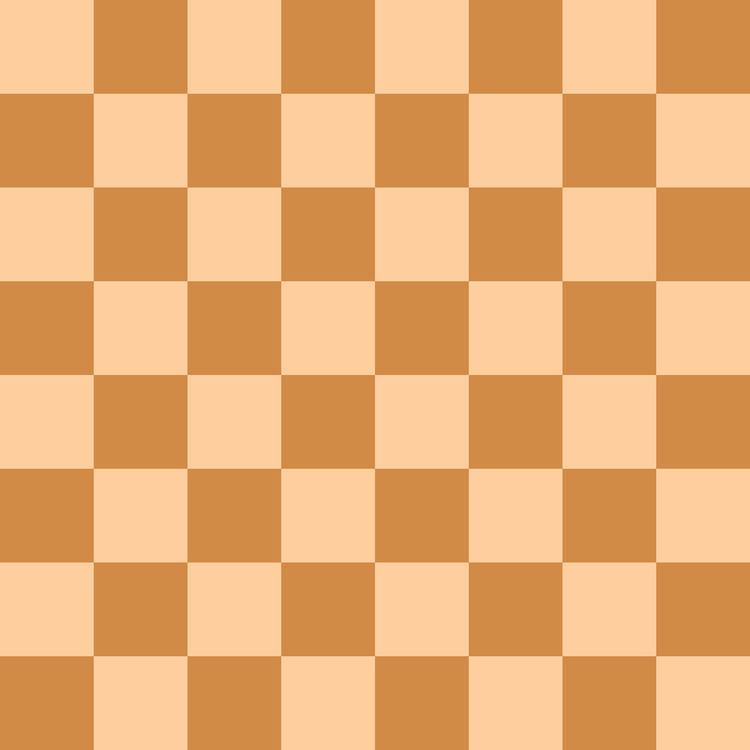 | ||
In chess, a discovered attack is an attack revealed when one piece moves out of the way of another. Discovered attacks can be extremely powerful, as the piece moved can make a threat independently of the piece it reveals. Like many chess tactics, they succeed because the opponent is unable to meet two threats at once. While typically the consequence of a discovered attack is the gain of material, they do not have to do this to be effective; the tactic can be used merely to gain a tempo. If the discovered attack is a check, it is called a discovered check.
Contents
Types
When the moving piece gives check to the opponent's king, the maneuver is often described as a discovered attack with check. When the discovered attack is itself a check, it is called a discovered check. If both pieces give check, a double check results.
Discovered attacks—especially checks—can win material when the moving piece captures an opposing piece nominally protected by another opposing piece. If the opponent deals with the discovered attack (obligatory if it is a check), the attacking player will have time to return the moving piece out of harm's way. This scenario is often referred to as a discovered attack (or check) with capture.
When the moving piece moves to a square from which it threatens to inflict checkmate on the next move, the tactic is called a discovered attack with mate threat. A discovered checkmate itself is also possible.
In exceptional circumstances, it is possible for the moved piece to give a "double discovered check" (though this name is not actually used). The only way for this to happen in orthodox chess is by way of an en passant capture. In the position shown at right, Black has just played 1...g7–g5. White replies 2.hxg6e.p.++. The result is a "double discovered check": One check is given by the rook, discovered by the capturing pawn's move; the other by the bishop, discovered by the captured pawn's removal. Such a check is extremely rare in practical play, but is sometimes found in problems.
Example
The diagram illustrates a trap in the Advance Variation of the French Defence, based on a discovered attack. If, after 1.e4 e6 2.d4 d5 3.e5 c5 4.c3 Nc6 5.Nf3 Qb6 6.Bd3 cxd4 7.cxd4, Black mistakenly attempts to win White's d4-pawn with 7...Nxd4?? 8.Nxd4 Qxd4 (diagram), White can play 9.Bb5+, a discovered attack (White's bishop gets out of the way of White's queen) against Black's queen with check. Black must get out of check, then White can follow up with 10.Qxd4.
